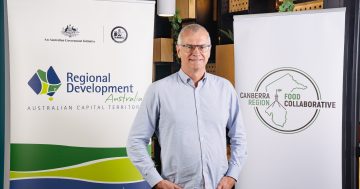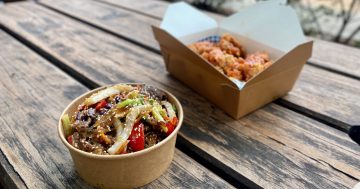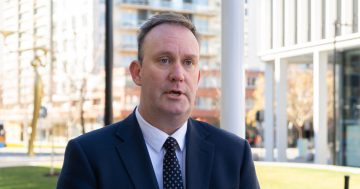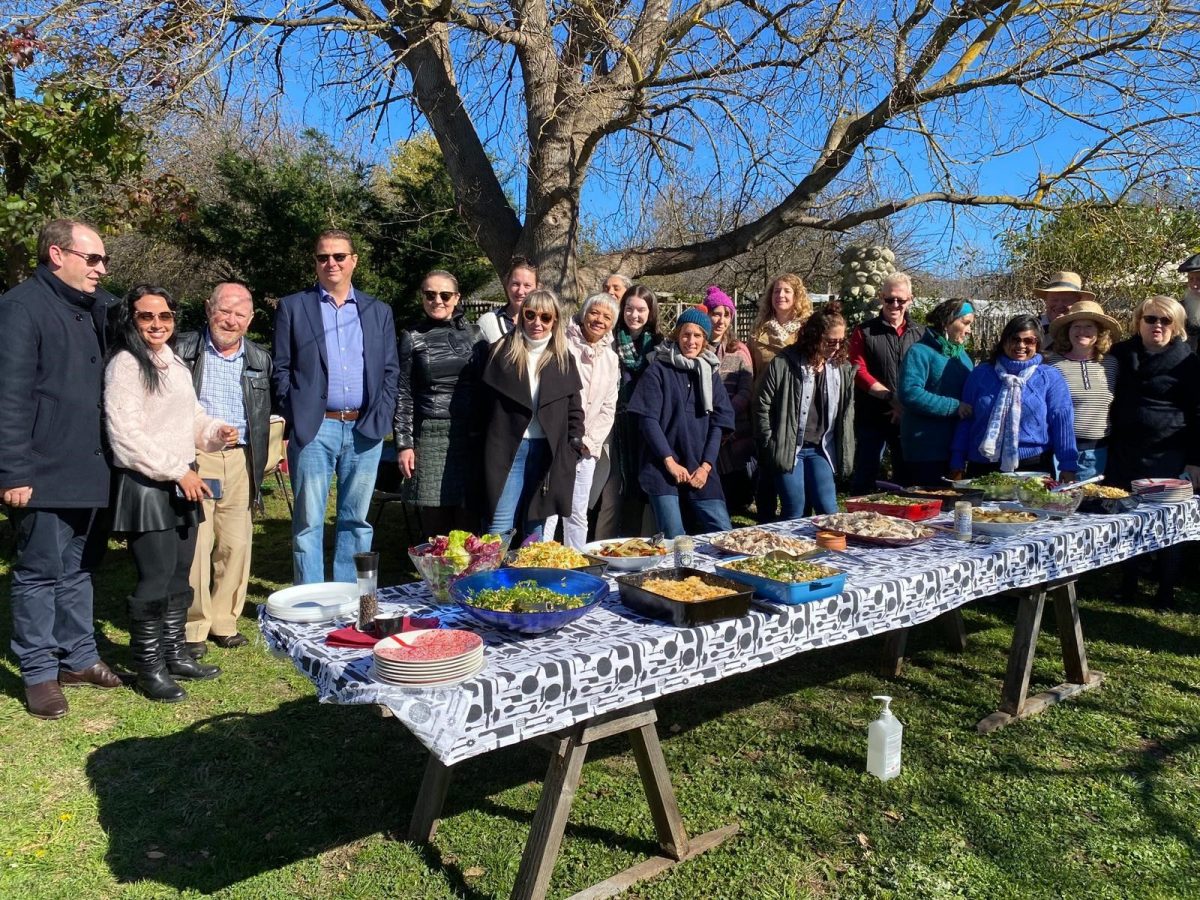
A sustainable food technical tour with the Canberra Region Food Collaborative’s Food in the Capital event program. Photo: CRFC.
When it comes to securing our food future, food systems experts say it’s risky to put all our eggs in one basket.
Dr Rachel Carey is a senior lecturer in food systems for the School of Agriculture and Food at the University of Melbourne and lead researcher for Foodprint Melbourne.
The project was established in 2015 to investigate and strengthen the city-region food systems around Melbourne.
It is concerned about how much farmland is being lost around the city fringes, a decline in the natural resources that underpin production, the implications for the city’s food supply as its population grows, and new shocks and pressures leading to increasing food prices.
COVID-induced border closures, an uptick in natural disasters and even economic ripples stemming from the war in Ukraine brought these issues to the fore.
“In the context of increasing shocks and stresses, it doesn’t make sense to be entirely dependent on long-distance food sources,” Dr Carey said.
“To achieve food security, suppliers must be diverse not only in their distance from consumers, but also their size. We need both major supermarkets and small local producers.”
A city-region food system paves the way for food produced in the hinterlands of a city to supply its local urban consumers – something the evolution of Australia’s food systems is not conducive to.
“Australian industrialisation has led to the design of sophisticated long supply chains but not robust short ones,” she added.
“So we have very efficient ways of transporting food around the country and across the world, but not of distributing it locally. That’s where a city-region food supply system comes in.”
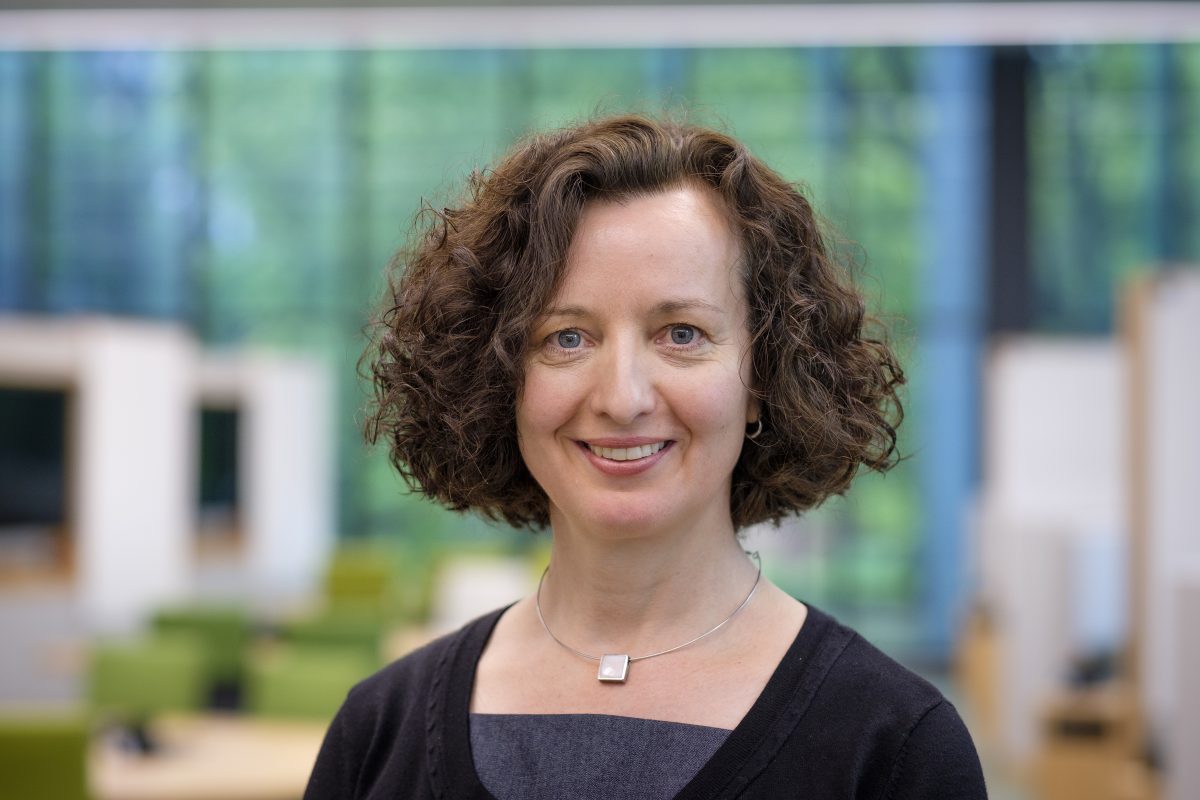
Dr Rachel Carey is the lead researcher in a project investigating how to make city-region food systems resilient to shocks and stresses. Photo: University of Melbourne.
This is the focus of the RUAF Global Partnership on Sustainable Urban Agriculture and Food System, a consortium of organisations renowned for their expertise on the matter.
Its partnership with the UN Food and Agricultural Organisation has launched investigations in five pilot cities to assess the sustainability of city-region food systems and devise action plans.
RUAF associate Jess Halliday says it defines territories based on shared food bowls, rather than administrative borders, and looks to build resilience to shocks and stresses using a multi-stakeholder approach.
“All stakeholders are involved in the meetings, visioning, workshops, assessments and planning,” she says.
“This ensures a win for everyone, as well as consideration of different perspectives on a complex topic.”
Ms Halliday said the beauty of this approach is that it yields different perspectives at all points of the supply chain – but this is also one of the challenges.
“That’s why it’s important to have an effective ‘marshall’,” she says.
In Canberra, where Regional Development Australia (RDA) ACT has embarked on a city-region food system journey, this marshall is the Canberra Region Food Collaborative.
However, RDA ACT CEO Michael Claessens says, with its reach and ability to engage seamlessly across thousands of stakeholders including all levels of government, producers and consumers, the Collaborative is more a “musterer” and an “honest broker”.
“We don’t have a financial interest, we don’t produce or sell food. That goes a long way in securing our bread and butter – the trust of our stakeholders,” he adds.
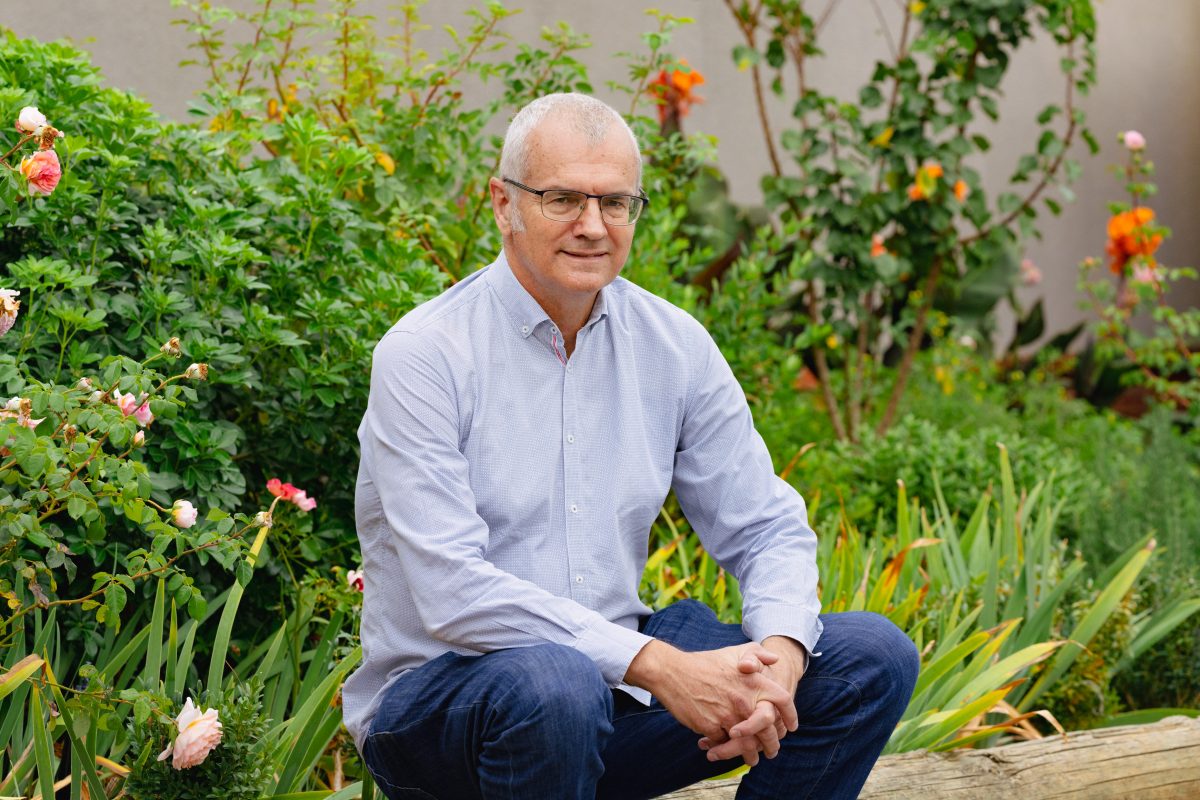
RDA ACT CEO Michael Claessens says the path to food security will be difficult but necessary. Photo: Liv Cameron.
“This model can help government reduce the risk and complexity of working across a system, with its many dimensions and challenges.
“Our goal is to work with them to articulate how we might secure our food future, and we believe city-region food systems will be a key part of that.
“We seek to reduce the white noise and give stakeholders across the supply chain one voice to present to policy makers.”
Michael says in measuring the effectiveness and efficiency of a food system one of the baseline measures is how well it supports low-income and disadvantaged groups.
“At the moment I would say Canberra can do much better in this regard, an organised city-region food systems would go a long way in addressing this,” he says.
“Having 25,000 food insecure people should be unacceptable in a modern metropolitan city like Canberra. If we can’t help them, we’ve failed before we’ve even begun.”
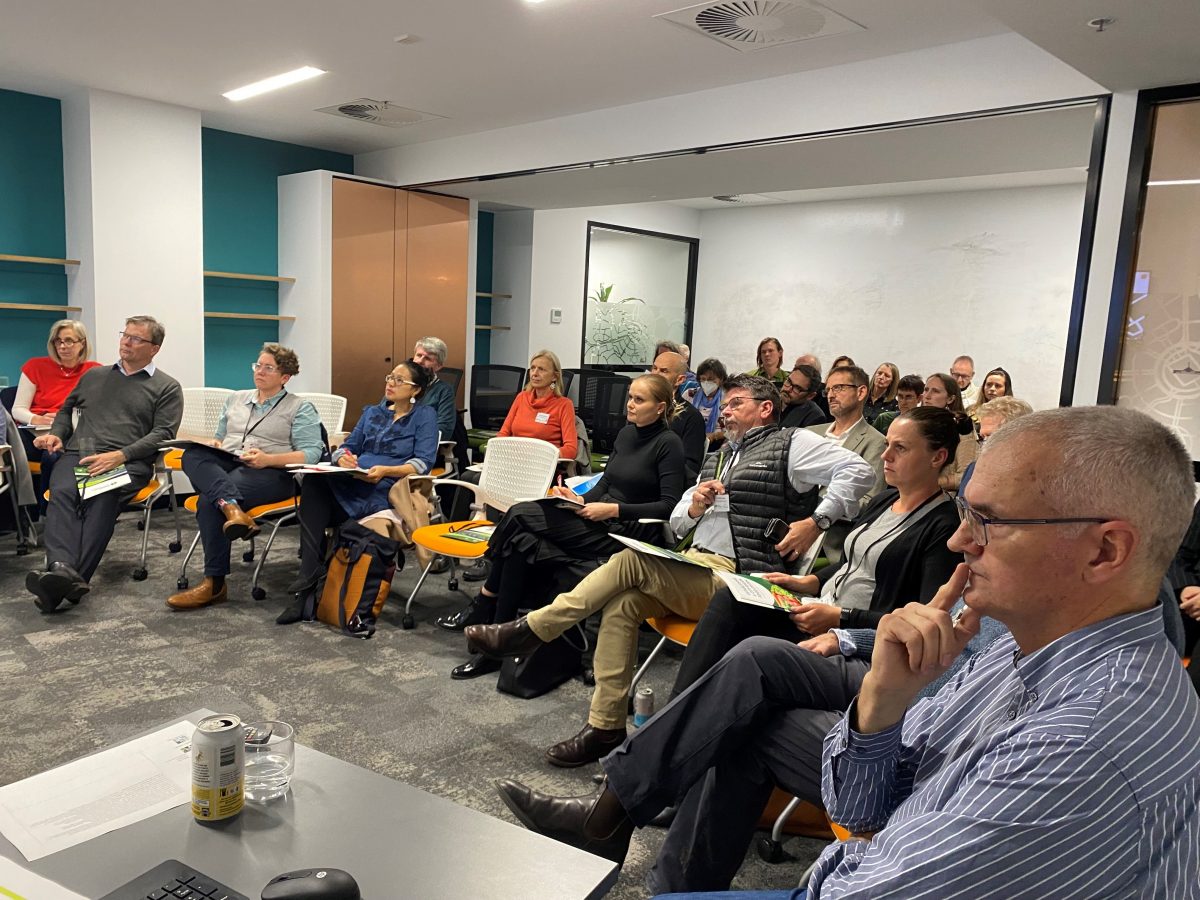
Canberra Region Food Collaborative’s seminar on socialisation in a built environment. Photo: CRFC.
But he stresses that our approach needs to be data-driven and economically sound – and it will come at a price.
“To scale up local food systems is not an overnight project, it’s one of decades,” he says.
“Yes, it is important for governments to invest and work with ‘compass bearers’ to determine in which direction we need to head. But these systems need to be sustainable long-term and that requires investment by producers and consumers alike.
“There will be a cost, but it’s a cost-benefit scenario. It represents a big benefit in local jobs and incomes. And given the rise in climatic and other disruptions, it’s also critical to our food security.
“So the question really is – are we willing to pay the price of securing our food future?”
